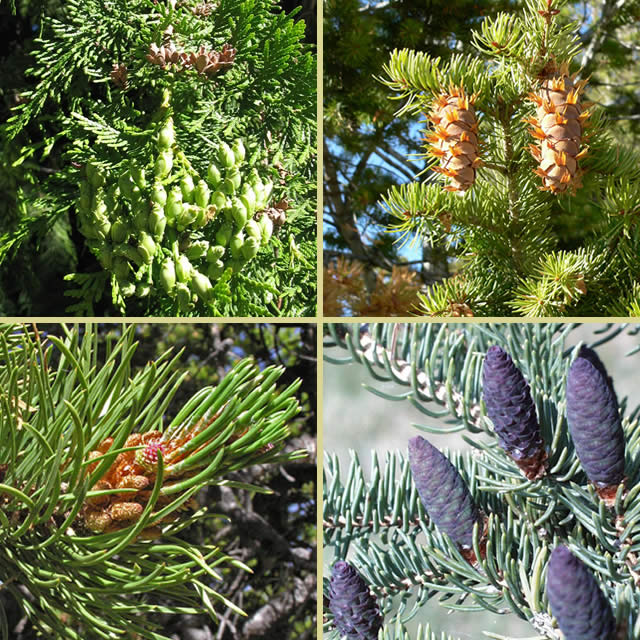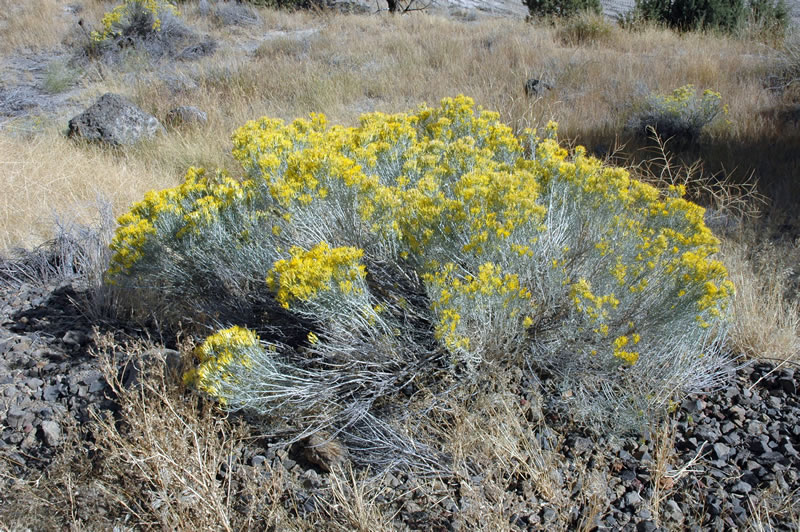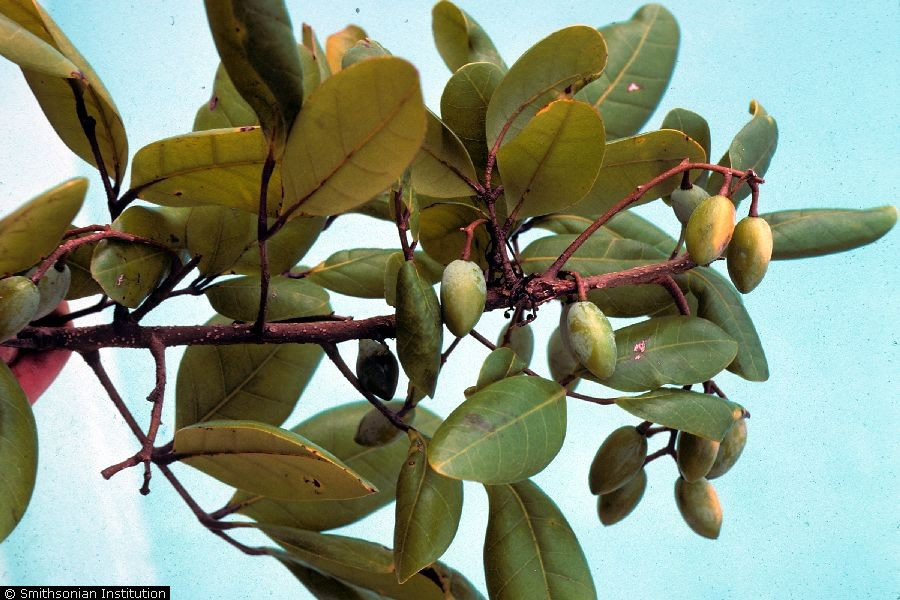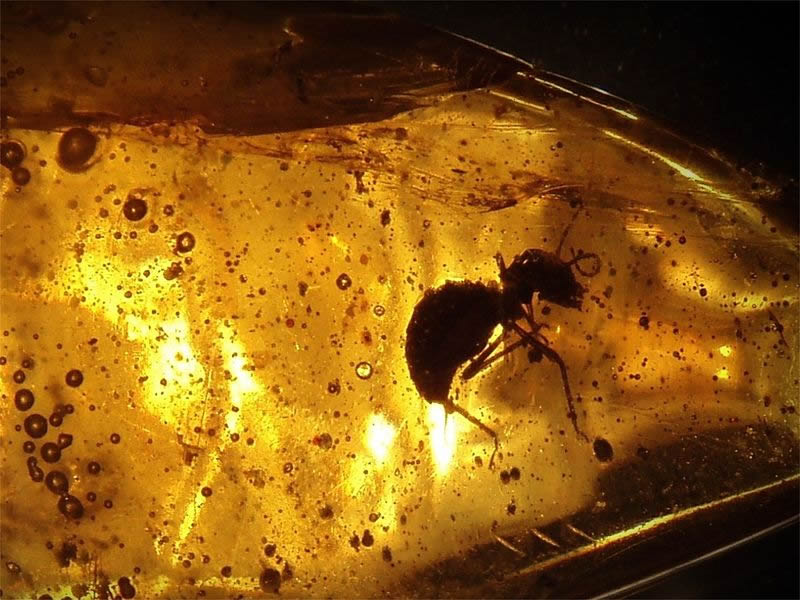Resins

What is a plant resin?
What do you think of when someone says resin? Images of sticky, gummy sap-like substances instantly jump to mind and most people consider all these plant products to be resins. Not all these sappy liquids are resins however.
Resins are plant products that,
- are not soluble in water,
- harden when exposed to air,
- do not play a role in the fundamental processes of the plant, and
- are generally produced by woody plants.
Resins are produced in special resin cells in plants, and are also produced when an injury occurs to the plant. Resins can be produced through the bark of a tree, the flowers of an herb, or the buds of a shrub.
Think of a pine tree that has a missing tree limb. What do you see? Sticky “sap” flows from the tree, essentially making a bandage over the wound that hardens and eventually fossilizes into an incredibly hard substance called amber.
What is not a resin?
 Carnivorous plants such as the spoon-leaved sundew (Drosera intermedia) use mucilage to trap insects.
Carnivorous plants such as the spoon-leaved sundew (Drosera intermedia) use mucilage to trap insects.
Plants produce many compounds that can be confused with resins. These compounds include:
- Gums
- Mucilage
- Oils and Fats
- Waxes
- Latex
Resinous Plants
Resins can occur as part of these other compounds, such as latex. Latex can contain resin, making the plant a resinous plant. There are many resinous plants all around the world. Although many resinous plants are not native to North America, some have established themselves here and are even considered weeds.
Conifers
- cedar
- fir
- juniper
- pine
- redwood
- spruce
- yew
- larch
Flowering Resinous Plants
- mayapple
- sweetgum
- creosote bush
- aspen
- willow
- birch
- alder
- poison oak and poison ivy
- horse-chestnut, buckeye
- gardenia
- quinine
- coffee
- morning glory
- parsley, dill, fennel, caraway
- sarsaparilla
- ginseng
- rabbitbrush
- balsam root
- sunflower
- tarweed
 Conifer species, clockwise from top-left: western red cedar, Douglas fir, spruce, and lodgepole pine.
Conifer species, clockwise from top-left: western red cedar, Douglas fir, spruce, and lodgepole pine.
 Sweetgum (Liquidambar styraciflua). Photo by Richard Webb, Self-employed horticulurist, Bugwood.org.
Sweetgum (Liquidambar styraciflua). Photo by Richard Webb, Self-employed horticulurist, Bugwood.org.
 Rubber rabbitbrush (Ericameria nauseosa). Photo by Sarah Malaby.
Rubber rabbitbrush (Ericameria nauseosa). Photo by Sarah Malaby.
Tabonuco
Tabonuco (Dacroydes excelsa) is a regal rainforest tree found in El Yunque National Forest in Puerto Rico. These magnificent native giants are the dominant large tree species that formerly covered all the lower and middle slopes of the mountains of Puerto Rico. They can grow to 100 feet tall with a diameter exceeding 40 inches.
Because of their beauty and resistance to decay, tabonuco trees have been used for all types of furniture, cabinetwork, boat construction and boxes. The smooth pale bark of tabonuco exudes a white resin that was used medicinally by early settlers and for making candles and incense. Tabonuco resin was also useful for making torches for starting fires and caulking material for boats. The endangered Puerto Rican parrot feeds on tabonuco seeds and the tree is rarely cut today.
People and Resins
Humans have used resins and amber for thousands of years. The trade of amber can be traced back to the Stone Age (3500 BCE) while the history of resin can be traced to just before 1700 BCE during the Bronze Age.
Amber
Amber is fossilized plant resin. Amber has been known to preserve insects and other small organisms that were imbedded in the resin before it hardened.
Amber is used for scientific research but it is used more widely for jewelry and art. It is often considered a gemstone although it is not a mineral. Amber can be many colors, including green, gold, brown, red, black, and even bluish.
The most well known and highly used amber comes from conifers, mostly pines; however, these same trees are not in existence today. Different amber sources have been dated from 40,000 years ago to 310 million years ago.
Amber can be found in deposits over many parts of the globe, generally in river deltas or sedimentary soils where water had washed plants downstream. The remaining plant structures, including their resin, fossilized and created amber.
European amber trade first began in the Stone Age, yet amber had been used ornamentally for hundreds of years before that. The best known amber deposit is from the Baltic Sea in north-central and Eastern Europe. From there, amber trade routes went to the Black Sea and the Mediterranean Sea and beyond.
Amber artifacts have been found in China (from Myanmar deposits) and Central America. Many cultures valued amber as religiously significant, due to its warm tones and ability to preserve life such as insects and plant parts. Other cultures used it to bargain for metal and necessities. Today, amber is still valued for its aesthetic beauty.
Incense
Traditionally, incense was derived from plant resins, commonly from frankincense and myrrh trees. Resin is tapped from the tree and allowed to harden. When it is burned, the hardened resin releases aromatic smoke.
Incense was a valuable commodity. Trade routes began from the southern coast of Arabia to the Mediterranean and Mesopotamia regions, beginning c. 1000 BCE and ending shortly before 500 CE. Incense was used in Egypt, Greece, Italy, China, India, and other places. Eventually, the trade routes collapsed because of better shipping routes, the loss of incense trees to agriculture, the demand for wood, and a decrease of rainfall in the region.
Other parts of the world, such as Central America, used resins for incense as well, although from plants native to those areas. Both the Maya and the Aztec used resin from the copal tree as incense.
Today, incense is made of other plant materials, in addition to resin, such as leaves, bark, seeds, fruits, roots, and rhizomes.
Resin
 Collection of pine resin for distallation to turpentine ("cup and gutter system"). Photo courtesy U.S. Forest Service.
Collection of pine resin for distallation to turpentine ("cup and gutter system"). Photo courtesy U.S. Forest Service.
Ship builders have used the liquid form of resin for thousands of years. It was used to waterproof rope and tarps, and was made into tar or pitch to seal the seams of wooden ships.
The British Empire used resin for its navy, originally buying it from the Baltic region. However, they had to find a new source of resin, of which the American Colonies had plenty, due to the abundance of pine trees. Because of the demand and use of pines for resin, the first conservation legislation in America was passed in Massachusetts, requiring permits to cut or de-bark pines. As sources of resin disappeared along the east coast, manufacturers looked elsewhere in America for resin sources.
After the Revolutionary War, Britain went back to the Baltic for its resin stores while the new United States stored its own resin for pitch and tar. At one point, the southern United States was the world’s supplier of resin. Since the pine forests of the Southern United States were exhausted, and resin collection by tapping trees was getting too expensive, manufacturers started using mechanical means of refining wood by-products to collect resin. Developing countries around the world still use traditional methods for as long as their sources last.
Turpentine and Rosin
Resin was also used to make turpentine and rosin. Turpentine was traditionally used in paints, but is now used in the chemical industry as a base to produce solvents, cleaners, fragrances, dry cleaning, and insecticides. It is also used in artificial flavors such as lemon, peppermint, and nutmeg, as well as cosmetics.
Rosin was discarded as a waste product until after the Civil War. It was used then as laundry soap but now as a variety of unrelated industrial products, such as adhesives, printing inks, and chewing gum.
Varnish and Lacquer
Varnish is plant resin combined with a solvent and drying oil (also derived from plants) to make it easier to apply to surfaces. It is commonly used for wood finishing and other crafts to provide protection and a glossy finish.
Natural lacquer is simply liquid resin. It is not mixed with any other solvents. Today, lacquer is a mixture of resin and quick-drying solvents; although in the United States, the name is used for a synthetic product.
Did you know?
 Resin in hops (Humulus lupulus var. neomexicanus) gives beer its unique aroma and bitter taste. Photo by Teresa Prendusi.
Resin in hops (Humulus lupulus var. neomexicanus) gives beer its unique aroma and bitter taste. Photo by Teresa Prendusi.
- Resin in hops gives beer its unique aroma and bitter taste.
- Rosin is used for the maintenance of the bows of stringed instruments such as violins because it adds extra friction. As the bow is used, the rosin heats up and develops some stickiness, providing better notes.
- Resin is used for skateboards to prevent cracking, chipping, and breakage.
- Turpentine from certain pine trees has been used medicinally for treatment of cough, gonorrhea, and rheumatism.
- Tar water, resin steeped in water, used to be recommended by doctors for illnesses such as smallpox, ulcers and syphilis.
- Rosin was used for abscesses, boils, and cancer.
- Turpentine was also used for astringents, stimulants, diuretics and laxatives, as well as a flea repellant.
- Before chicle was harvested for chewing gum, spruce resin was used for chewing. Once it hardened on the tree, it was ready to chew. Spruce resin softens when it is chewed and turns the mouth a reddish color. As you can imagine, it tasted like resin, which is said to be pleasing.
- Native Americans used resin from red cedar and juniper to treat colds and rheumatism. They inhaled the smoke or used it in vapor baths to relieve symptoms.
- Amber was worn to ward off evil, including disease, since prehistoric times. The Baltic people wore amber jewelry to avoid headaches and throat problems, and in Mexico, amber carved in the shape of body parts was worn for the health of that particular body part.
- Scientists can extract the DNA of organisms preserved in amber and recreate parts of their DNA strands. Organisms like plant leaves, flies, mosquitoes, beetles, other plant tissues, have all been preserved in amber.






